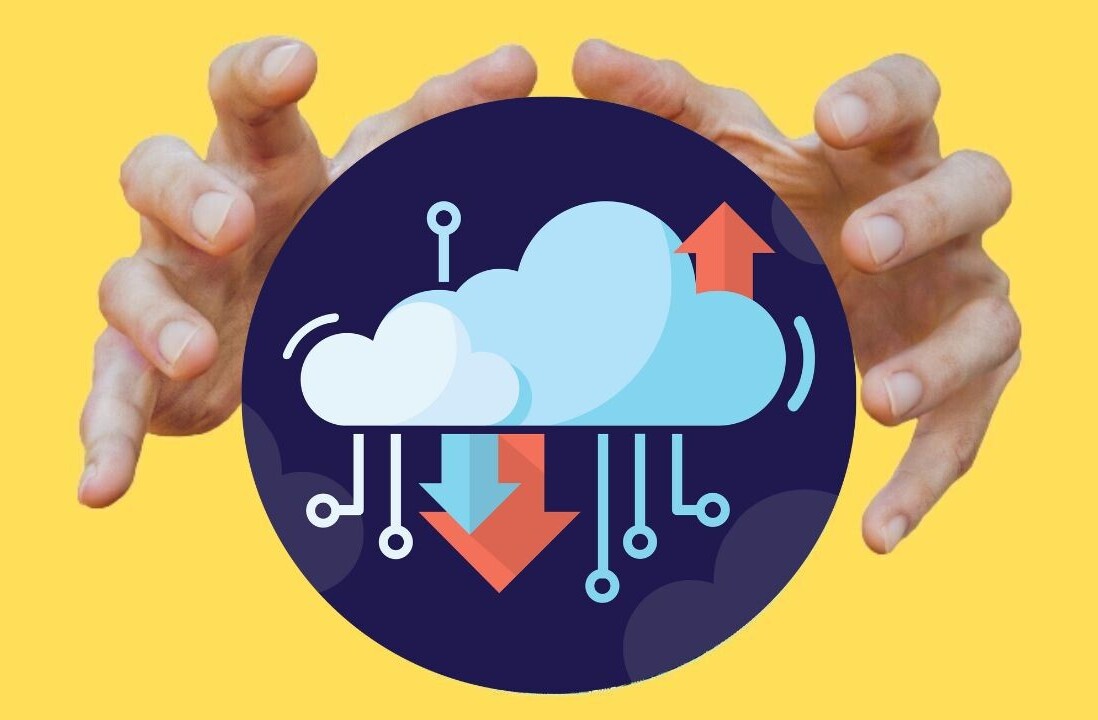
|
_ Brought to you by Comcast Business. |
_
Cloud, cloud, cloud. If you’re in enterprise you probably hear the word ‘cloud’ multiple times every day. Most of the time, it doesn’t really mean much other than a datacenter that isn’t yours, but it does make you feel safe knowing that someone has your data in hand.
Unfortunately, even in the cloud, disaster recovery is still a necessary evil. Cloud companies that host your data still have outages. Things still break. Disasters do happen. Many companies think that the cloud provider will have their data covered, but they don’t stop to think that perhaps it’s better to consider a world where the cloud provider isn’t able to provide a service after a disaster. Not only that, but how does your business keep going when your local data and premises are gone? That’s often not even factored into the disaster recovery plan.
Consider the network
One of the biggest issues is that a cloud services company often buys from one or two telecommunications providers in the area to provide connectivity, but these providers often use the same infrastructure and trenches to deliver service. What happens if your links to your data is gone but the cloud provider is fine? It’s just as much of a disaster losing a carrier as it is your data.
Your disaster recovery plan should include backing up your local data to a cloud provider, but also consider replicating that data into another cloud provider altogether. Different cloud providers is likely to to guarantee your ability to fully recover. Not only that, but you should be creating local backups of the data too. You need to be able to recover the business as quickly as possible, not weeks after an event occurs.
Small and medium businesses are rapidly adopting the cloud to backup their data as well as host it, especially considering the rising costs of storing and hosting it themselves, meaning they need to be especially wary of how and where it is stored, as well as what possibilities there are that could result in them either losing or not being able to access that data.
It may seem difficult, but even just backing up data into the cloud is better than having no backup at all. Disasters can come in every shape and size — a hurricane or simply a fire that’s caused by something as trivial as a hair straightener — so companies need to be ready. According to The Street, “The Federal Emergency Management Agency (FEMA) estimates 40% of businesses do not reopen after a disaster, and of those that do reopen, 25% fail within one year.”
The human factor
When thinking of backing up to the cloud, it’s important not to forget the human factor, too. Make sure that you’re able to help your employees either work remotely by accessing your cloud, or are within reach of a backup facility and the computers that they need to work. Even scarier than the previous statistic, Strategic Research Institute found that if businesses weren’t able to resume some normal operations within 10 days, they wouldn’t resume at all.
If you’re evaluating a cloud service for your backups, you should look into how their telecommunications providers work. Whether they buy connectivity off of multiple different types of carriers — including cable companies who normally exist outside of traditional telco trenches — and whether or not any of that infrastructure is shared. You should also consider if the cloud company you’re looking into is the ‘hip new’ company or if they’ll be around for years to come. Startups are alluring and can look very attractive, but only time will tell if they come through in your businesses time of need.
Key questions
There are three key questions you need to ask yourself, other than “why do I not have a disaster recovery planalready” which are:
-
Do you have any data that if lost would need recovery within minutes or hours?
-
Do you have any data that if lost completely could mean the business is lost and would affect the business’ ability to continue?
-
How long does that data need to be stored and how will you access it in a disaster?
It’s not easy to create a solid disaster recovery plan, but it’s even more difficult not to have one when the moment strikes. Disaster recovery is often considered to be too hard, but with the more and more complex automation tools in recent years and the combination of the cloud, it doesn’t have to be hard. It’s just important to ensure you ask the right questions.
Image credit: Getty Images
Get the TNW newsletter
Get the most important tech news in your inbox each week.





